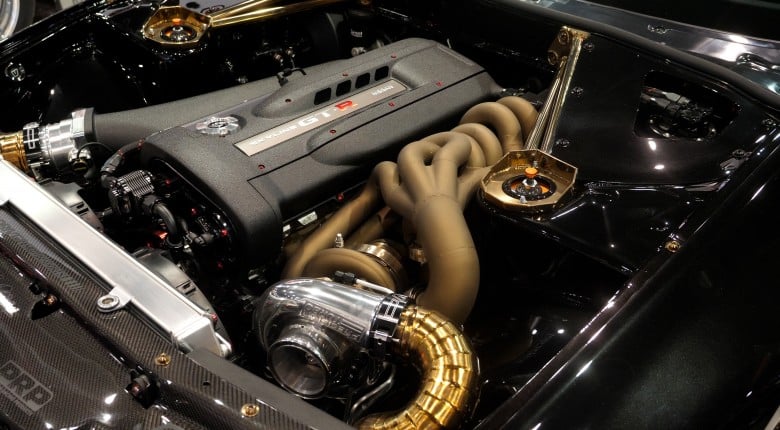Ever wonder how a connecting rod that can handle 3000hp+ is designed, tested, and manufactured? Here's a rare inside look at how true high performance aftermarket components are engineered and delivered.
At the World Time Attack Challenge, Christian from Nitto Performance Engineering explains the complete workflow behind designing internal engine components like connecting rods. This includes using CMM (Coordinate Measuring Machines) to capture OEM specs, designing in Fusion 360, running FEA (Finite Element Analysis) simulations, prototyping with SLA (Stereolithography) resin 3D printing instead of Fused Deposition Modeling (FDM).
Once validated, the design moves into manufacturing, using Mastercam software for CNC machining, followed by forging, nitriding, and final CMM verification.
Learn why skipping motion studies or relying only on simulation data can cost you big, and how real-world validation is what separates a good part from a race-winning one. This is your inside look at doing it right the first time, using both cutting-edge software and practical track-tested experience.
This is not just a tick box design process, it’s about ensuring the part is right from the start and built to handle the punishing demands of the huge cylinder pressures high performance engines see.
------------------------------------------------------------------
TIMESTAMPS:
0:00 – Christian - Nitto Performance Engineering
0:38 - OEM Specs
1:00 - CAD Design
1:10 - Prototyping
1:30 - What is CMM?
2:08 - CRITICAL STEP: Motion Study
2:53 - 3D Printed Prototype
3:10 - SLA vs FDM
3:40 - Real World Validation
4:07 - Stress Simulation (FEA)
4:55 - What Simulation Software?
5:11 - Simulation Data Sources
5:40 - Manufacturing Process: Mastercam
6:04 - Forging, Machining, Nitriding, And CMM Checks
6:30 - Do It Once, Do It Right
7:16 - Thanks Christian!
7:30 – BUILD.TUNE.DRIVE







Comments
No one has commented on this page yet.